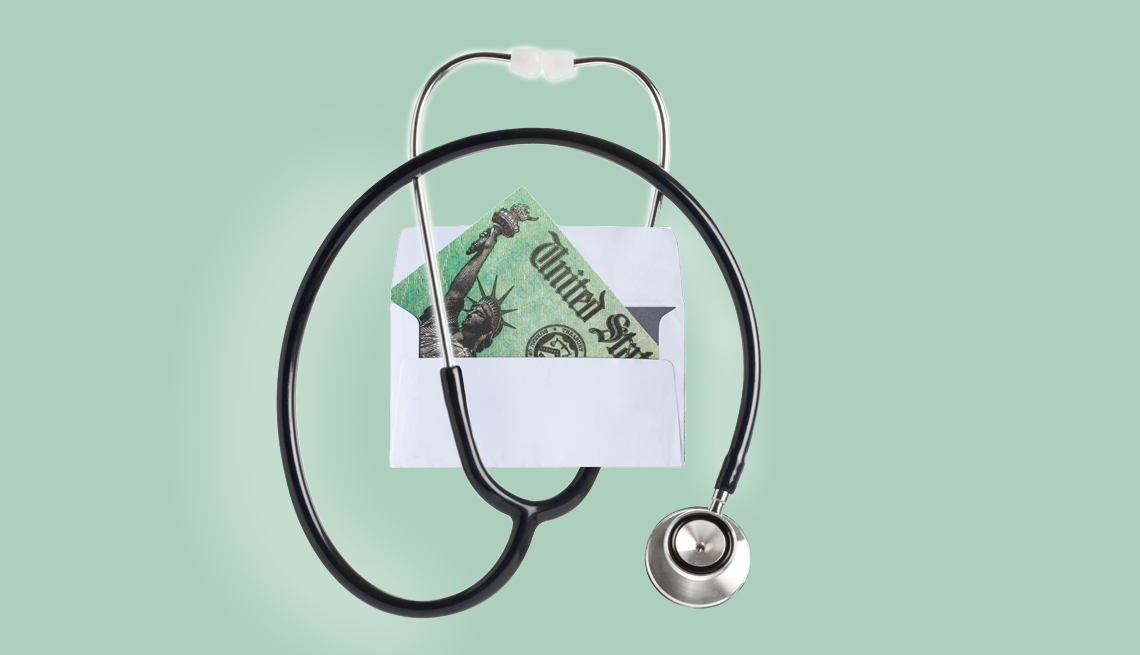AARP Hearing Center


In this story
More than 100,000 affected • You’ll pay premiums • Help is available • Keep in mind
More than 100,000 people who have close to the 10-year minimum amount of work necessary to receive Social Security benefits can find themselves with a Medicare Part B premium bigger than their monthly Social Security payment.
The result? They won’t get a check.
Most people on Social Security have their Medicare Part B premiums, which are $185 a month in 2025 and cover doctor and outpatient services, subtracted from their benefit before it is deposited into their bank account.
In 2025, the lowest minimum Social Security benefit is $52.10 a month for a person who worked 11 years at low wages, what the Social Security Administration (SSA) calls a special minimum benefit. For workers with 13 years of low wages, the benefit is $161.80 — still well short of the $185 needed to cover the Part B premium.
If you don’t have a spouse or former spouse whose work record was longer and included higher pay, the Social Security Administration (SSA) relies on your job history alone to calculate benefits. About 115,000, people were in that special minimum benefit category in 2023, which is the most recent information available from the SSA, but the number of people is rebounding after the pandemic cut into a steady rise.
If my check is zero, is the rest of my Medicare Part B free?
No, and this is where you’ll have to pay very close attention to the records that SSA sends you.
Audits show problems with recordkeeping. When the Centers for Medicare and Medicaid Services releases the Part A and B premium information for the next year, generally in early November, the agency hands the ball back to SSA to notify you of the shortfall and bill you for the difference.
Join AARP’s fight to protect Social Security
You’ve worked hard and paid into Social Security with every paycheck. But recently, we’ve heard from thousands of worried Americans.
Join us in sending a loud and clear message to lawmakers.
Audits in 2016 and 2024 from SSA’s Office of the Inspector General show continuing problems in crediting the correct amounts due and paid. Recommendations to have Medicare handle the billing, as it does for others who are on Medicare but may not be collecting Social Security, have not been put into practice.
Make sure you know the correct amount of your own Social Security benefit before the premium deduction and you also know the Medicare Part B premium amount. Both change each year.
Subtract the amount of your Social Security check from the Part B premium. That should be the amount that SSA bills you for Part B. That manual bookkeeping is where a lot of errors happen, the SSA inspector general says.


































































More From AARP
SSA Says Changes Will Not Hurt Customer Service
Commissioner says customer service is a priority as the administration seeks budget cuts
What Is the Difference Between Medicare and Medicaid?
They have different eligibility requirements and health care coverage
Outsmart the System: 9 Tips and Tricks for Navigating Social Security and Medicare
Get the assistance and coverage you need